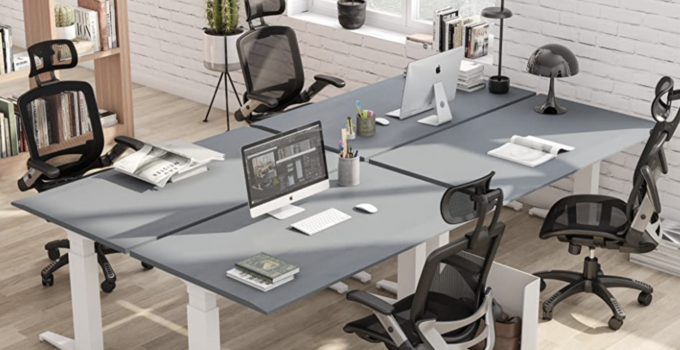In today’s modern working environment, where people spend a significant portion of their day at their desks, the importance of ergonomic office furniture cannot be overstated. These thoughtfully designed pieces not only contribute to improved comfort, but also play a crucial role in promoting better posture, reducing the risk of musculoskeletal problems and ultimately fostering a more productive working environment.
The top 10 ergonomic office furniture choices
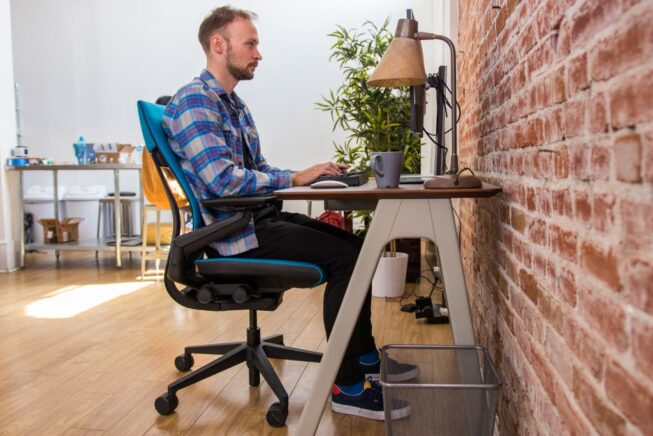
Source: nytimes.com
In the realm of contemporary workplace design, the role of ergonomic office furniture has moved beyond mere comfort to become a fundamental pillar of productivity and well-being. The selection of appropriate office furniture is no longer limited to aesthetics alone, but extends to the intricate science of creating an environment that supports the natural mechanics of the human body while promoting efficiency.
As businesses and individuals alike recognise the long-term benefits of investing in ergonomic solutions, we explore a comprehensive compilation of the top 10 ergonomic office furniture choices that cater to different needs and preferences.
1. Ergonomic office chairs
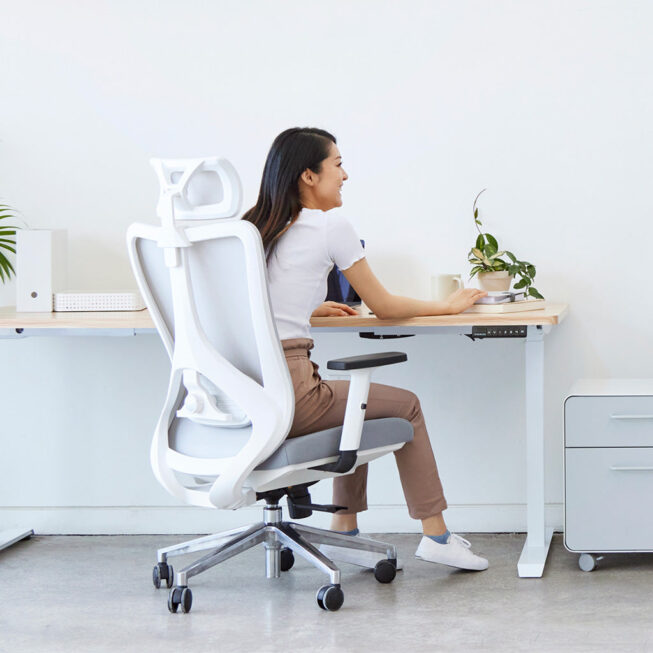
Source: risedesk.io
The backbone of any ergonomic setup, these chairs prioritise lumbar support, adjustable armrests and adjustable recline to seamlessly accommodate individual postures.
2. Height Adjustable Desks
A Standing desk with smooth transition mechanisms allows users to alternate between sitting and standing, promoting better circulation and reducing lower back strain.
3. Monitor arms and stands
These aids allow screens to be positioned at eye level, reducing neck strain and preventing the onset of discomfort associated with prolonged screen use.
4. Keyboard trays and mouse platforms
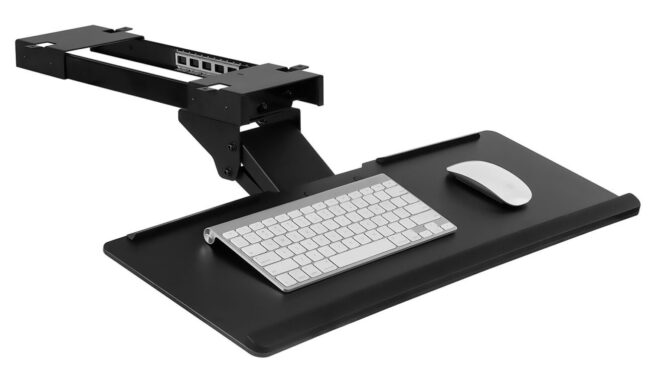
Source: amazon.com
A slightly lower and tilted position for the keyboard and mouse helps maintain natural wrist alignment, reducing the risk of repetitive strain injury.
5. Footrests
Often overlooked, these accessories promote proper leg support and posture by preventing dangling feet, which can lead to reduced circulation and discomfort.
6. Ergonomic accessories
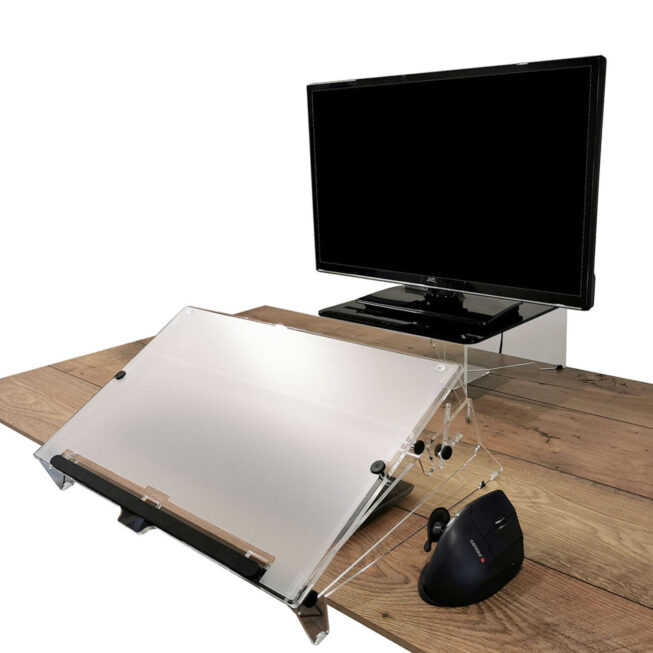
Source: backcs.co.uk
From lumbar cushions to seat cushions, these add-ons improve comfort for extended periods of work.
7. Task lighting
Adequate lighting reduces eye strain and fatigue, especially when performing complex tasks for long periods of time.
8. Collaborative furniture
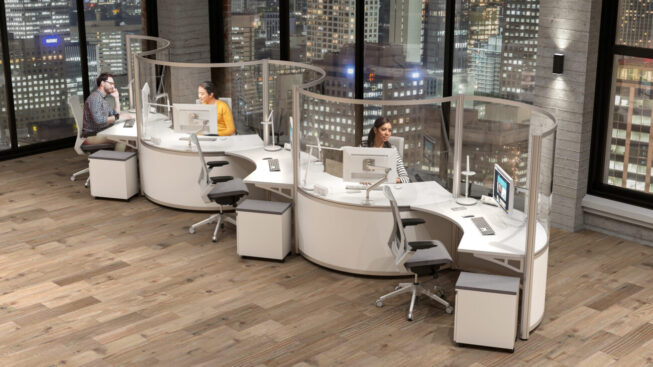
Source: strongproject.com
Ergonomics extend beyond individual workstations; well-designed collaborative furniture encourages comfortable interactions and brainstorming sessions, enhancing the overall workplace dynamic.
9. Personalised storage solutions
Efficient storage that keeps frequently accessed items within easy reach eliminates unnecessary stretching and bending, contributing to an ergonomically optimised workspace.
10. Noise-cancelling headphones
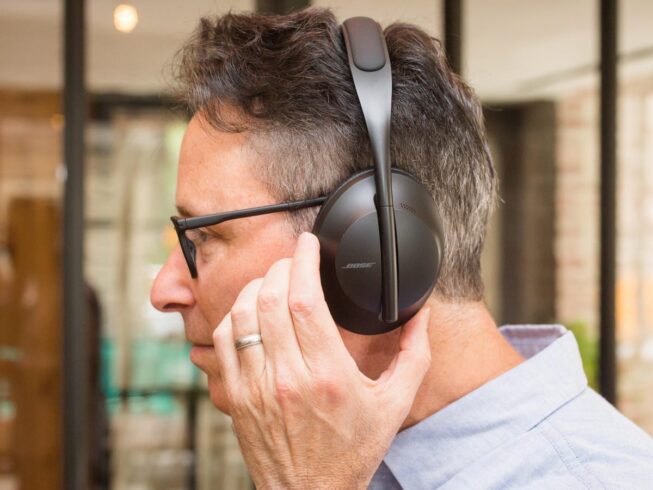
Source: cnet.com
A quieter environment improves concentration and productivity. Noise-cancelling headphones are an ergonomic enhancement for those working in noisy environments, allowing them to create a personalised auditory sanctuary.
As these ergonomic office furniture options demonstrate, the guiding principle behind their design is the understanding that no two people are the same. Body size, work habits and preferences all influence the ergonomic solutions that best suit a person. It is this principle that has led to the development of a marketplace of choice that meets a wide range of needs.
Beyond the tangible benefits of reducing physical strain and discomfort, ergonomic office furniture has a profound impact on cognitive function and emotional well-being. By creating an environment that prioritises comfort and adaptability, these furniture choices enable individuals to focus on their tasks with minimal distraction, resulting in increased focus and job satisfaction.
In summary, the importance of choosing the right ergonomic office furniture goes beyond mere aesthetics and comfort. It’s an investment in the well-being, productivity and long-term health of employees and individuals alike.
The top 10 ergonomic office furniture choices presented above exemplify the fusion of form and function, designed to support the dynamic nature of modern work while keeping human physiology in mind. Whether it’s a sleek ergonomic chair that aligns the spine or a versatile standing desk that accommodates movement, these choices collectively contribute to an environment where work and well-being can thrive in harmony.
Putting ergonomic principles into practice
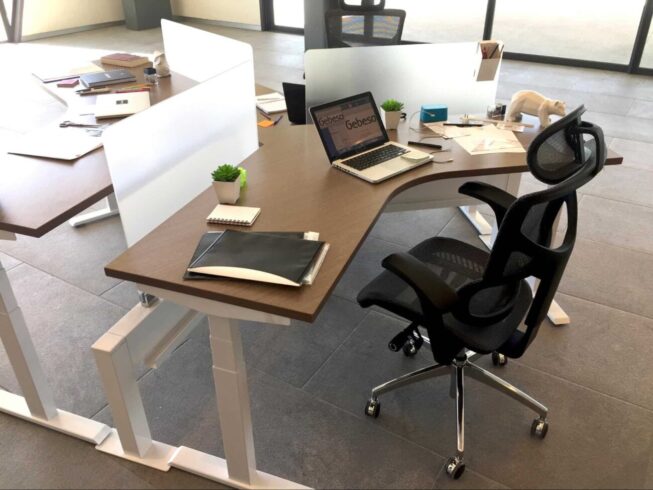
Source: blog.gebesa.com
When it comes to creating a workplace that promotes productivity and well-being, the choice of ergonomic office furniture plays a key role. Understanding the basic principles behind selecting the right furniture can have a significant impact on comfort, posture, and overall health over long periods of work.
First, prioritise adjustability. Look for chairs, desks, and keyboard trays with adjustable features that allow individuals to adapt the furniture to their unique body proportions and working preferences.
Adjustable chairs with lumbar support, for example, help maintain a healthy spine. Second, consider materials and upholstery. Chair upholstery should be both comfortable and firm, supporting body weight without causing discomfort over time. In addition, choosing breathable materials can prevent excessive heat build-up during prolonged sitting.
Incorporating furniture with proper wrist and arm support can help reduce the strain associated with typing and mouse use. In addition, investing in monitor stands or adjustable monitor arms will help to maintain eye level with the screen, reducing neck strain.
Adequate storage solutions that keep essential items within easy reach can minimise the need for repetitive movements and unnecessary stretching. Finally, prioritise furniture that encourages movement. Sit-stand desks encourage alternation between sitting and standing, helping to combat the negative effects of prolonged sitting.
The bottom line: Investing in quality ergonomic furniture pays off
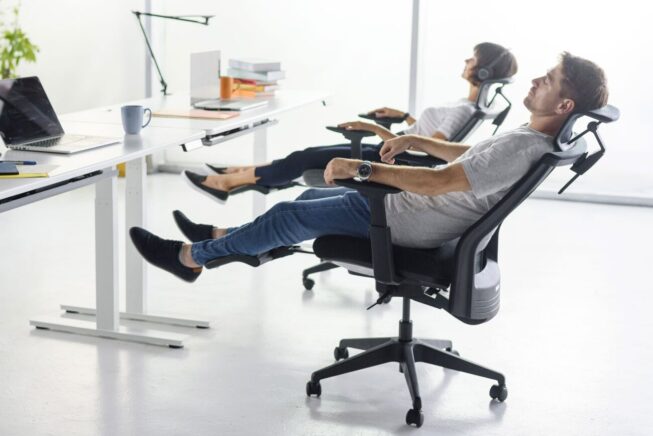
Source: autonomous.ai
In the realm of workplace efficiency and employee wellbeing, the adage “you get what you pay for” applies when considering an investment in quality ergonomic furniture. While the initial cost may seem higher, the long-term benefits far outweigh the price tag. Quality ergonomic furniture, whether it is an adjustable chair, a sit-stand desk or a keyboard tray, serves as a proactive approach to preventing discomfort and potential health problems associated with prolonged desk work.
Studies indicate that employees who have access to well-designed ergonomic furniture tend to experience less discomfort and strain-related injuries. Improved comfort leads to greater job satisfaction and increased productivity.
Furthermore, providing employees with furniture that prioritises their health and comfort sends a clear message that their wellbeing is valued, potentially boosting morale and reducing staff turnover. From a practical perspective, the reduction in sickness absence translates into measurable cost savings for businesses.
In conclusion, an upfront investment in quality ergonomic furniture is a strategic move that will pay dividends in the long term. By promoting a healthier and more comfortable working environment, businesses can expect not only improved productivity, but also a happier and more engaged workforce.
